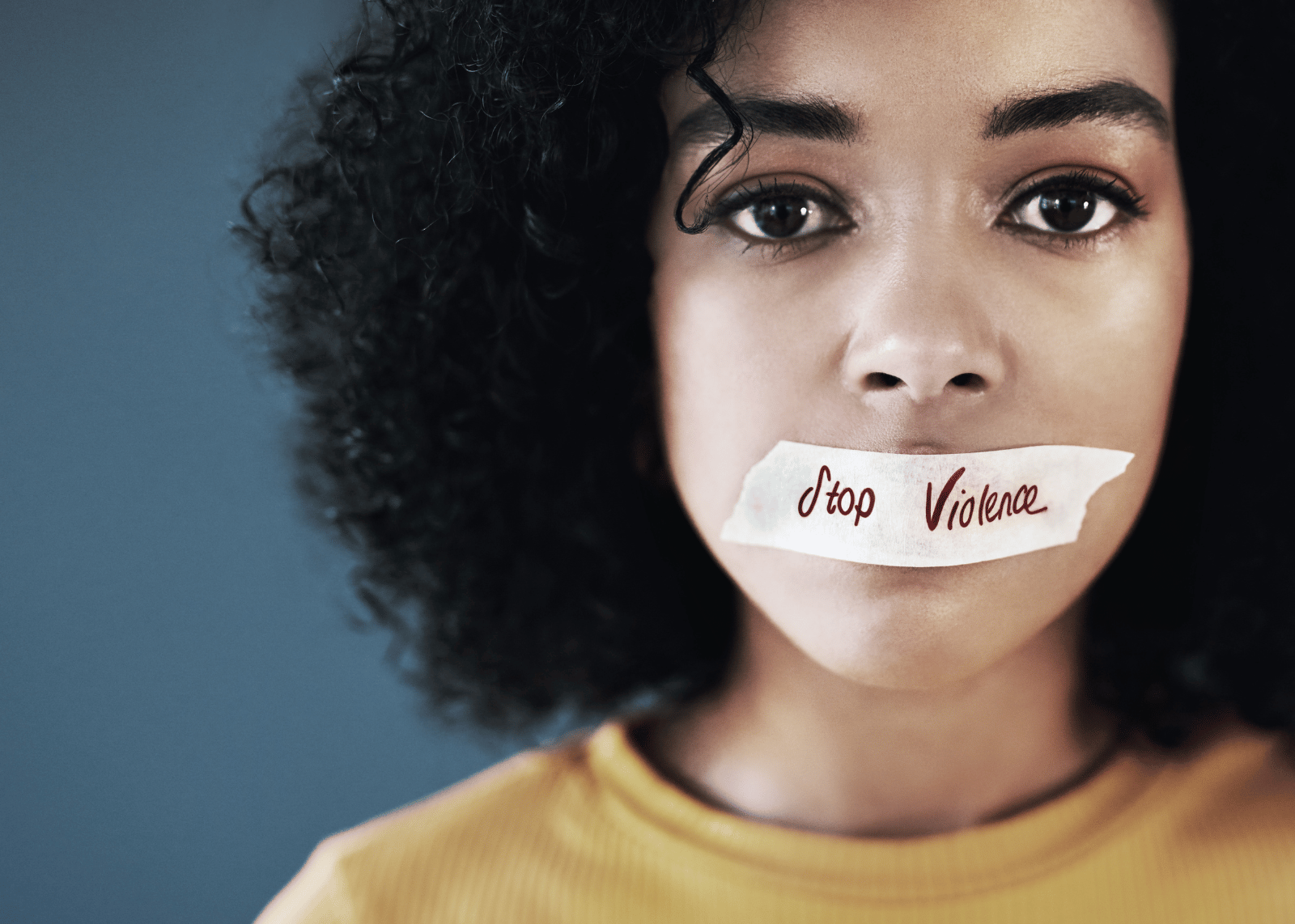Femicide
Femicide, the intentional killing of women because they are women, stands as a chilling manifestation of gender-based violence. Despite global efforts to address it, femicide persists as a harrowing reality in many societies. Unlike general homicide, femicide specifically targets individuals based on their female identity. Femicide encompasses various manifestations, including intimate partner violence, honour killings, dowryrelated murders, and killings motivated by misogyny or patriarchal norms.
It is a serious human rights violation and a critical issue that demands attention from policymakers, law enforcement agencies, advocacy groups, and society as a whole.The global commonness of femicide can be challenging due to the cultural attributes toward femicide across different countries and regions. According to UNODC’s ( The United Nations Office on Drugs and Crime) Global Study on Homicide, women account for a significant proportion of homicide victims worldwide, with intimate partner violence being a leading cause. Many countries publish various data on homicide and violence against women through various surveys and crime reports. According to these surveys, they can vary depending on the country’s level of development and legal works. In a country with a higher level of gender inequality women have a higher level of femicide as compared to a country with less level of gender inequality. Many NGOs are working continuously to raise awareness of female femicide as the evidence shows that it’s a widespread problem affecting women in almost every part of the world in one way or another.
The root cause of femicide lies deeply behind the patriarchal attitude and gender inequality as in patriarchal societies, women are often seen as inferior to men and are subjected to various forms of discrimination and oppression. This mindset can contribute to the justification and normalization of violence against women, including femicide. Femicide is often a manifestation of power and control dynamics within relationships. cultural beliefs and traditions also play a significant role in perpetuating femicide. Practices such as honour killings, dowry-related violence, and female infanticide are rooted in cultural norms that prioritize male authority and control over women’s lives and bodies. Socioeconomic factors, such as poverty, lack of education, and limited access to resources, can exacerbate the risk of femicide. Women who are economically dependent on their perpetrators may face barriers to leaving abusive relationships or seeking help. In many countries, weak legal frameworks and inadequate enforcement mechanisms contribute to impunity for perpetrators of femicide. Laws
may fail to adequately protect women from violence or may be poorly enforced due to corruption, bias, or inadequate resources. Media, popular culture, and social norms often portray women as objects of violence or depict abusive behaviours as acceptable or even desirable. This normalization can desensitize individuals to the seriousness of gender-based violence and contribute to victim-blaming attitudes. These are the major root causes that need to be addressed which will help in promoting cultural and societal change that values and respects the rights and dignity of all individuals, regardless of gender.
femicide refers to the interconnected nature of social categorizations such as race, class, gender, and sexuality, which overlap and intersect to create unique experiences of discrimination and privilege. Femicide affects women from diverse backgrounds differently. women of colour, LGBTQ+ women, women with disabilities, and women from marginalized socio-economic backgrounds may face heightened risks of femicide due to intersecting forms of discrimination and oppression. women may also experience multiple forms of discrimination simultaneously, which can compound the risk of femicide. Indigenous women, immigrant women, and women from ethnic or religious minorities may face additional barriers to seeking help or reporting violence due to cultural or language barriers, fear of deportation, or distrust of authorities. Mainstream narratives around femicide often focus on cases involving white, middle-class women, which can obscure the experiences of women from marginalized communities. This can lead to gaps in understanding and inadequate responses to femicide within these communities.
There are many economic and social disparities underlying femicide revealing crucial insights into the complex factors contributing to gender-based violence. Economic disparities play a significant role in femicide, with poverty exacerbating women’s vulnerability to violence. Women who are economically dependent on their perpetrators may face barriers to leaving abusive relationships, such as a lack of financial resources, housing options, or access to support services. Economic insecurity can trap women in abusive situations and increase the risk of femicide. gender inequality in the workforce, limiting women’s opportunities for financial independence and economic empowerment. Women who lack access to education, job training, or equitable employment opportunities may be more vulnerable to economic abuse and control by their perpetrators. Economic empowerment initiatives can also play a critical role in reducing women’s risk of femicide by providing them with the means to support themselves independently. Socio-economic disparities impact women’s access to healthcare and mental health support, which are crucial for survivors of violence. Women who are primary caregivers for children or other family members may face additional challenges in seeking safety and support, as they may fear losing custody of their children or lack alternative caregiving arrangements. By addressing these disparities, we can work towards creating a more just and equitable society where all women can live free from the threat of femicide and gender-based violence.

The role of legal and justice systems in addressing femicide sheds light on the challenges and opportunities for preventing and responding to gender-based violence. Effective responses to femicide require clear and comprehensive legal frameworks that recognize and define femicide as a distinct form of gender-based violence. Laws should provide adequate protections for women and girls, including criminalizing femicide and establishing appropriate penalties for perpetrators. Legal definitions of femicide should encompass the gender-based nature of the crime and recognize the various forms it can take, such as intimate partner femicide, honour killings, and dowry-related killings.Access to justice is essential for holding perpetrators of femicide accountable and providing justice for victims and their families. However, many barriers exist that hinder women’s access to justice, including lack of awareness of legal rights, fear of retaliation, financial constraints, and mistrust of law enforcement and the justice system. Law enforcement agencies play a critical role in responding to reports of femicide and investigating these crimes. However, there are often shortcomings in law enforcement’s response to femicide, including bias, inadequate training, and a lack of sensitivity to the unique dynamics of gender-based violence. Legal and justice systems should prioritize the safety and well-being of survivors and ensure that they receive the support and protection they need to heal and recover from the trauma of femicide. International and regional human rights mechanisms play a crucial role in holding governments accountable for addressing femicide and upholding the rights of women and girls.
Prevention and intervention strategies are essential for addressing femicide and creating safer communities for women and girls. Promoting education and awareness about gender-based violence, including femicide, is crucial for challenging societal attitudes and norms that condone or perpetuate violence against women.Comprehensive sex education in schools, awareness campaigns in communities, and media literacy programs can help raise awareness about the root causes and consequences of femicide and empower individuals to recognize and respond to warning signs of abuse. Early intervention programs that target individuals at risk of perpetrating or experiencing violence can help prevent femicide before it occurs. These programs may include counselling, support groups, and skills-building workshops for both perpetrators and survivors of domestic violence. Ensuring that survivors of femicide and their families have access to comprehensive support services is essential for healing and recovery. This includes access to shelters, crisis hotlines, counselling, legal aid, and financial assistance. Engaging communities in efforts to prevent femicide can help build solidarity, raise awareness, and create a supportive environment for survivors. Engaging men and boys as allies in the prevention of femicide is critical for addressing the root causes of gender-based violence. Promoting positive masculinity, challenging harmful gender norms and stereotypes, and encouraging men and boys to intervene as bystanders in situations of violence can help shift attitudes and behaviours that contribute to femicide.By implementing these prevention and intervention strategies, stakeholders can work together to address the root causes of femicide, support survivors, and create safer communities where women and girls can live free from violence and discrimination.
Media outlets and advocacy organizations play a crucial role in raising awareness about femicide by shedding light on individual cases, sharing statistics and research findings, and highlighting the root causes and consequences of gender-based violence. Media and advocacy play a crucial role in holding governments, institutions, and policymakers accountable for addressing femicide and implementing policies and programs to prevent violence against women. They play a crucial role in challenging cultural norms and systems of oppression that perpetuate violence against women, including patriarchy, misogyny, and gender inequality. Through storytelling, public education campaigns, and advocacy initiatives, media and advocacy efforts can raise awareness about the root causes of femicide and promote cultural change to build more equitable and just societies.Overall, media and advocacy efforts play a crucial role in raising awareness, challenging societal norms, advocating for policy change, and supporting survivors in the fight against femicide and gender-based violence.
In conclusion, femicide is not merely a collection of isolated incidents but a symptom of broader societal issues such as gender inequality, misogyny, and violence against women. It highlights the urgent need for systemic change to address the root causes of violence and create safer, more equitable communities for all. By prioritizing the rights, safety, and dignity of women and girls, and by working together to dismantle systems of oppression and promote gender equality, we can strive towards a future where femicide is eradicated, and all individuals are treated with respect and dignity, regardless of their gender.




